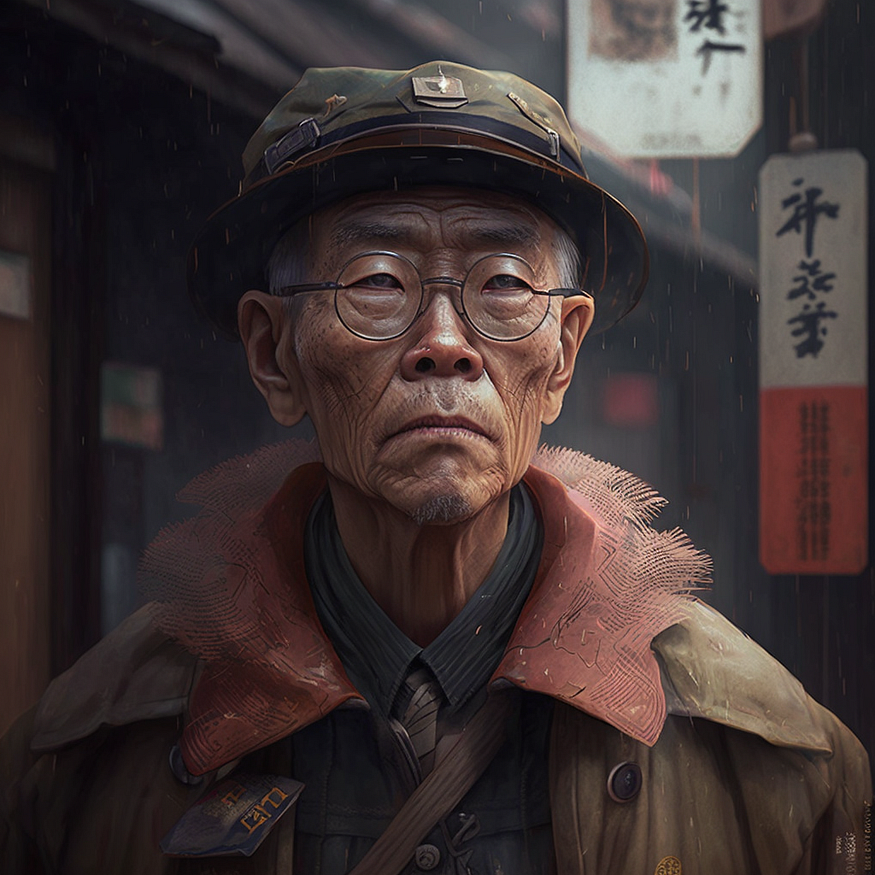
Urbanization is a global phenomenon, and China has witnessed one of the most significant urban transformations in the world. With rapid urbanization, urban villages, also known as "chengzhongcun" or "城中村," have emerged as a unique feature of Chinese cities. Urban villages are the product of the rapid urbanization process in China, where rural areas have been transformed into urbanized areas without proper planning and regulation. These areas have a dense population, inadequate infrastructure, and a lack of public services.
Section 1: The Emergence of Urban Villages in China
Urban villages in China are a product of the unique urbanization process that began in the late 1970s. China's economic reform policies led to a massive migration of people from rural to urban areas, resulting in a housing shortage in cities. The government responded by allowing rural land to be converted into urban land, leading to urban villages' emergence.
Urban villages have been absorbed into urban areas due to urban expansion. These areas were initially agricultural land but were converted into residential and commercial spaces through informal development by migrant workers. The government did need to regulate these areas' stories, which led to the proliferation of substandard housing and inadequate infrastructure.
The development of urban villages in China has been a double-edged sword. On the one hand, urban villages provided affordable housing for migrant workers who could not afford to live in the formal housing market. On the other hand, urban villages have become synonymous with poverty, crime, and poor living conditions.
Section 2: North-South Differences in Urban Villages
China is a vast country with significant regional differences. These regional differences are also reflected in the development of urban villages. There are several differences between north and south urban villages in China.
In northern China, urban villages are typically located on the outskirts of cities and are characterized by low-rise buildings. These buildings are usually made of brick and have courtyards. The population density in these areas is relatively low compared to southern China. Northern urban villages also have a more diverse population, with migrants and local residents.
In contrast, southern urban villages are usually located in the city centre and are characterized by high-rise buildings. The buildings in these areas are generally made of concrete and have narrow alleyways. The population density in southern urban villages is much higher than in the north, and most of the population comprises migrant workers.
Section 3: Challenges Faced During Urban Village Transformation
Urban village transformation has been a significant policy agenda in China for the past two decades. The transformation aims to improve living conditions in urban villages by providing better infrastructure and public services. However, the transformation process has faced several challenges.
One of the main challenges faced during urban village transformation is the issue of property rights. In China, the state owns the land, and the government has the power to requisition land for public purposes. However, in urban villages, the land is collectively owned by the villagers, which makes it difficult for the government to requisition the land for urban development projects.
Another challenge is the issue of compensation for displaced villagers during the transformation process. The salary offered by the government is often inadequate, which leads to protests and social unrest.
The third challenge is the issue of social integration. Urban villages have a unique social structure, and the transformation process can disrupt the social fabric of these communities. The government needs to ensure that the transformation process is inclusive and does not marginalize the existing residents.
Section 4: Power Struggles During Urban Village Transformation
Urban village transformation involves significant power struggles between various stakeholders, including the government, property developers, and villagers.
One of the primary sources of power struggles is the issue of land acquisition. Property developers often collude with local government officials to acquire land from villagers at below-market prices. This results in villagers receiving inadequate compensation for their land, which leads to protests and social unrest.
Another source of power struggles is the issue of property rights. Villagers in urban villages have collective ownership of the land, which makes it difficult for property developers to acquire the land for development projects. The government often intervenes in these disputes to ensure the land is acquired for public purposes.
Section 5: The Future of Urban Villages in China
The future of urban villages in China is still being determined. On the one hand, urban villages are a unique feature of Chinese cities that provide affordable housing for migrant workers. On the other hand, urban villages are associated with poverty, crime, and poor living conditions.
The government has launched several initiatives to transform urban villages into modern residential areas. These initiatives include upgrading infrastructure and providing better public services. The government has also introduced policies to regulate the development of urban villages, such as the "Three Red Lines" policy, which restricts the growth of high-risk areas.
However, the transformation process has faced several challenges, including the issue of property rights and social integration. The government needs to ensure that the transformation process is inclusive and does not marginalize the existing residents.
Conclusion:
Urban villages in China are a product of the unique urbanization process that began in the late 1970s. These areas provide affordable housing for migrant workers but are associated with poverty, crime, and poor living conditions. The government has launched several initiatives to transform urban villages into modern residential areas. Still, the transformation process has faced several challenges, including the issue of property rights and social integration. The future of urban villages in China is still being determined, and the government needs to ensure that the transformation process is inclusive and does not marginalize the existing residents.
Backlinks: